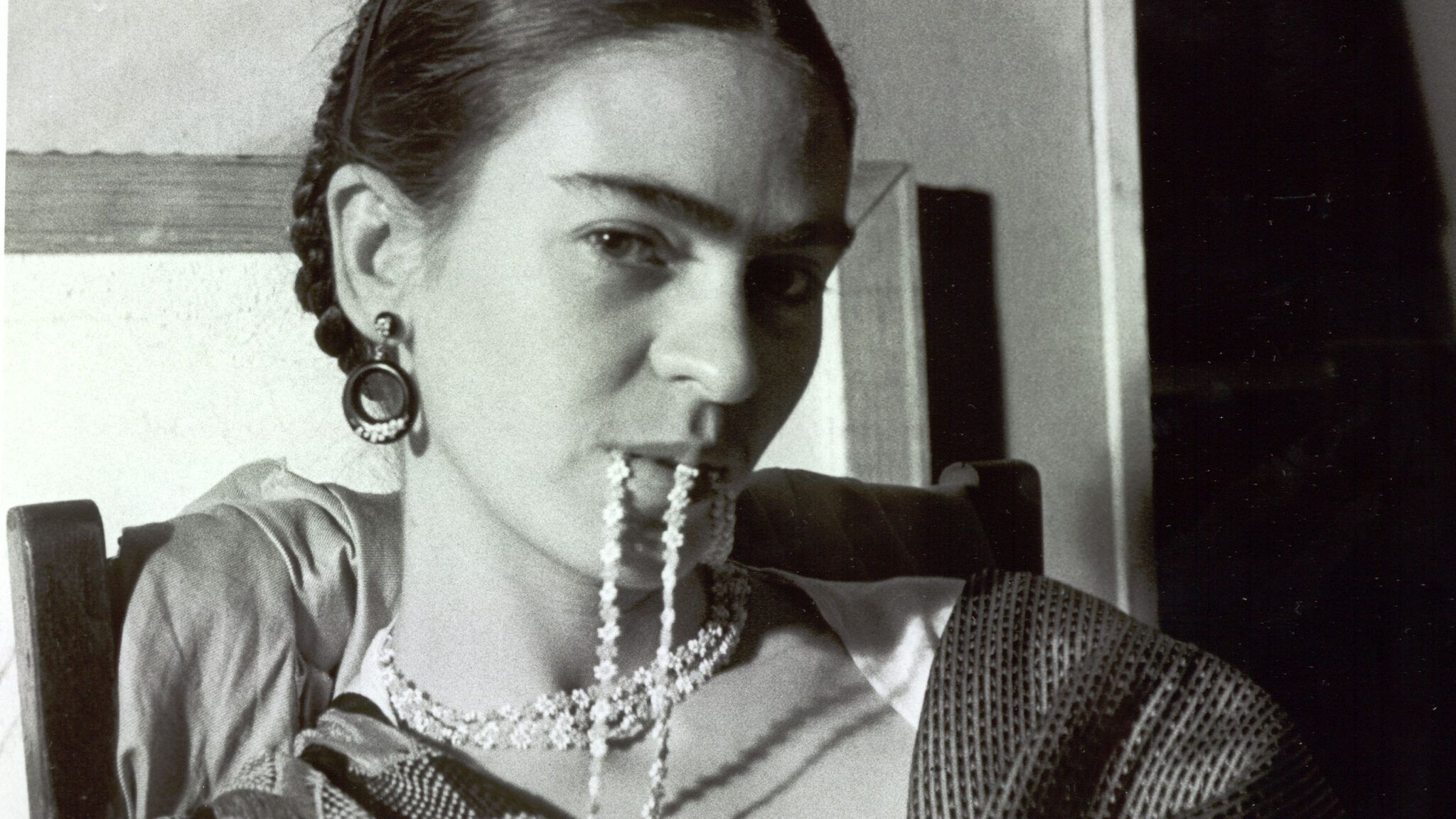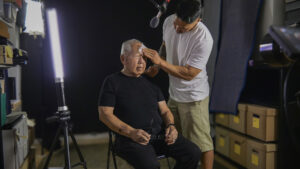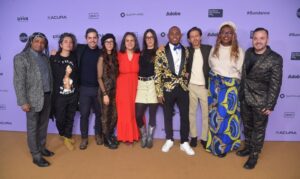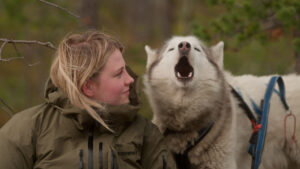By Lucy Spicer
One of the most exciting things about the Sundance Film Festival is having a front-row seat for the bright future of independent filmmaking. While we can learn a lot about the filmmakers from the 2024 Sundance Film Festival through the art that these storytellers share with us, there’s always more we can learn about them as people. This year, we decided to get to the bottom of those artistic wells with our ongoing series: Give Me the Backstory!
Carla Gutiérrez’s history with Sundance Institute may go back more than a decade, but the 2024 Sundance Film Festival feels extra special. “I was invited to be an advisor at the Sundance Institute Documentary Edit and Story Lab twice,” she recounts. “I have also had the honor to have four films that I edited premiere at the Festival, and I served as a juror last year.” Also on her résumé: She served as an advisor at the digital 2020 Art of Editing Lab and Fellowship and was a recipient of the Sundance Institute | Adobe Mentorship Award for Editing that same year.
So what sets this year apart? The acclaimed editor has branched out into the world of directing — and she’s making her debut at the 2024 Festival with FRIDA in the U.S. Documentary Competition. “Who is going to say no to a Sundance premiere?!” she says. “Especially having been able to see closely how the Institute fosters new voices and really lifts up filmmakers of color. For this reason, it is very special for me to premiere my directorial debut at the Sundance Film Festival.”
For her directorial debut, Gutiérrez chose a figure to whom she has felt connected for years: Frida Kahlo. Gutiérrez’s intimate portrait of Kahlo tells the iconic artist’s story in her own words through diary entries, letters, essays, and more.
Below, learn about Gutiérrez’s first encounter with Kahlo’s work, how raiding an attic revealed a treasure trove of insightful archival materials, and what kind of artistic legacy she hopes to leave through her film.
What was the biggest inspiration behind the film?
I first saw a Frida Kahlo painting when I was 19. The painting was called “Borderline,” and it showed Frida between the border of the USA and Mexico. As a recent immigrant from Latin America, I saw myself reflected in that painting, desperately missing home and navigating a new world. As I’ve matured, I’ve continued to see my own experiences and emotions expressed in Frida’s intimate art. Her paintings have been a refuge for my feelings, as they have been for the many people around the world who connect with her art and her story. As I started researching her life and reading the breadth of writing that she left behind in her diary, numerous letters, essays, and print interviews, I knew that I wanted to help bring her words to life and share what her life was like, through her own perspective.
Describe who you want this film to reach.
Frida’s art explores themes of female empowerment, motherhood, disability, obsessive love, gender fluidity, pain, and loss. I’d like the film to reach people who connect with these themes and anyone who finds inspiration and solace in art.

Your favorite part of making the film? Memories from the process?
Documentary film is a collaborative experience that requires an immense amount of trust and vulnerability. Getting to assemble a fully bilingual creative team — led by producer Katia Maguire — that absolutely kicked ass has been incredibly rewarding. One early memory was visiting Hayden Herrera’s house with my producer and associate producer. Hayden is the preeminent Frida Kahlo scholar whose original biography has been the basis for much of the academic work conducted about the artist since the 1980s. Our team raided Hayden’s attic — with her permission! — and we retrieved the original research done for her book, which had been sitting in boxes for over four decades. We also cleaned her attic, because that was the polite thing to do! This research helped us uncover all the primary sources of Frida’s writing and gave us an even fuller understanding of Frida’s life. We also found transcripts of full interviews with people who were very close to Frida. Some of these voices are in our film. It was an exhilarating moment early on in our research. Also, my producer Katia and associate producer Laura Pilloni are so much fun to travel with.
What was a big challenge you faced while making this film?
As incredible as the archival [materials] of her words are, all her thoughts were scattered among her writings. It wasn’t as though we were dealing with interviews where an interviewer is guiding someone through their lives. So it was both rewarding, but also challenging to take small pieces from her writings to make a strong narrative out of them.
Films are lasting artistic legacies; what do you want yours to say?
I want audiences to connect with Frida’s unstoppable need to release her emotions. Throughout history, women have been contained by societal pressures that have then forced us to contain ourselves. Frida’s spirit was uncontainable. Her heart bled freely onto her canvases. With this film, I hope to inspire people that letting one’s voice out, loudly, is a good thing.
Tell us why and how you got into filmmaking.
I was deeply affected by the first documentaries I saw, and I understood the power of great storytelling to awaken people’s minds. I desired to be part of that creative process.
If you weren’t a filmmaker, what would you be doing?
I would probably be a mathematician, as I was a math major in college! Or if there is a professional puzzle solver, that would be me.
What three things do you always have in your refrigerator?
Puréed garlic. Häagen-Dazs vanilla bean ice cream. Homemade Peruvian aji.
What was the last album you listened to?
Marissa Mur’s song “Amores” was a huge inspiration in making this film, from the very start! I listened to it over and over again this year.
One thing people don’t know about me is _______.
I love to dance!
Early bird or night owl?
Neither! I like to sleep.
What’s your favorite film that has come from the Sundance Institute or Festival?
I can’t answer that. I am an avid documentary viewer and there are too many documentaries that I love that have come from the Sundance Film Festival.







